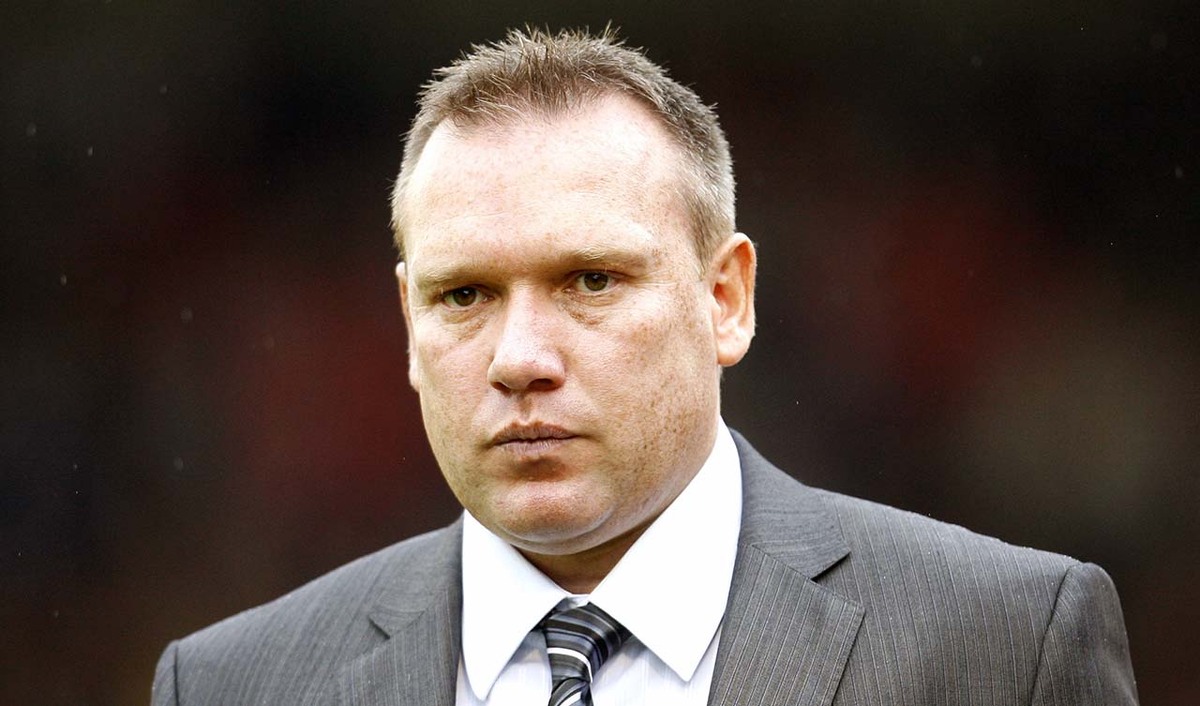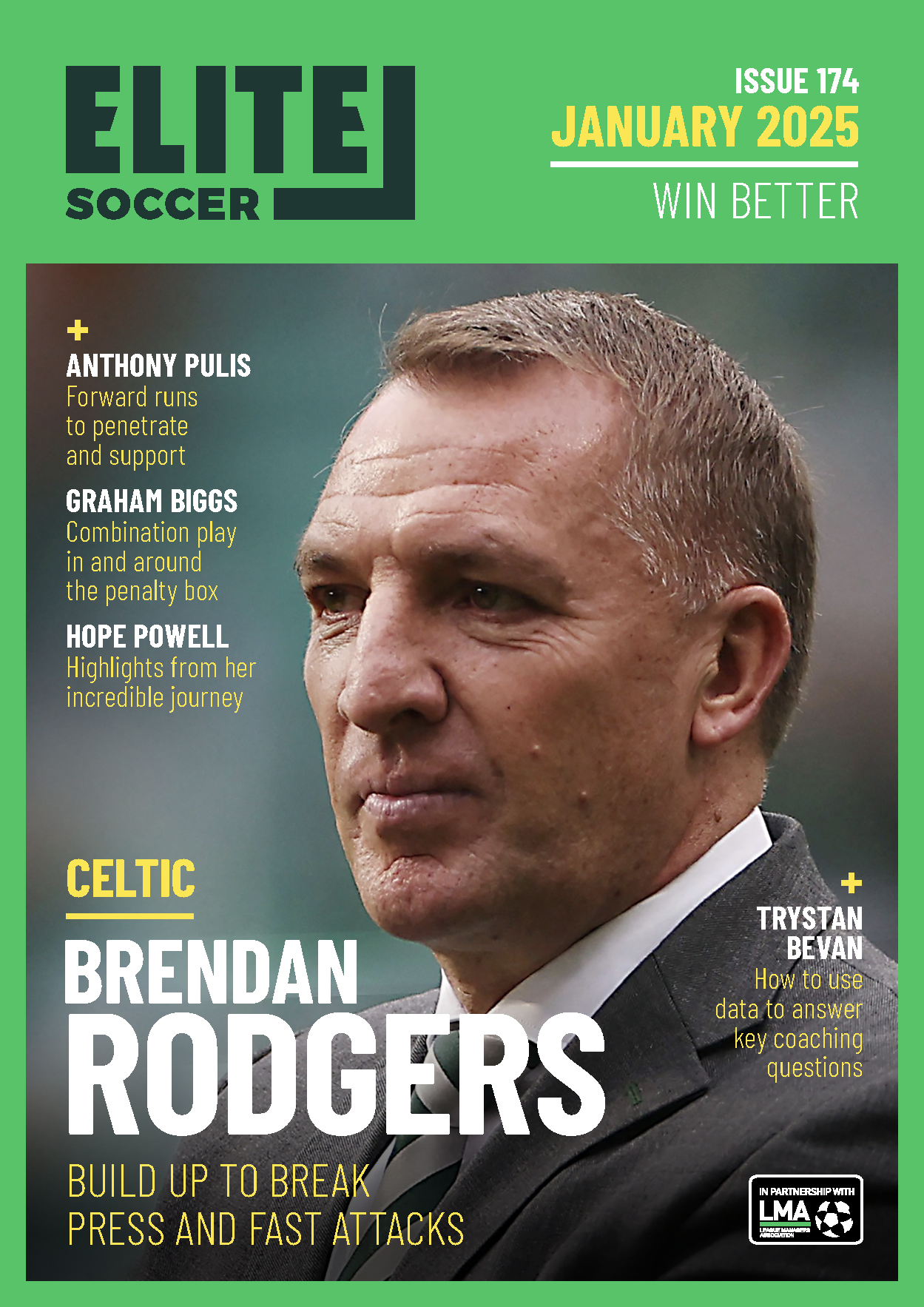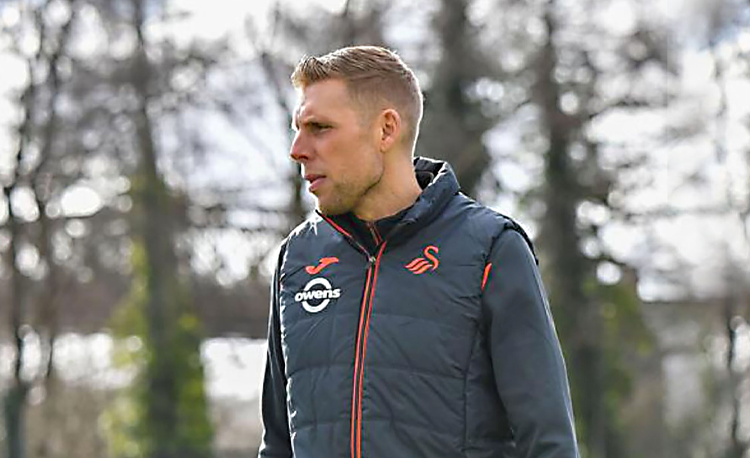You are viewing 1 of your 1 free articles
Attacking central areas in a diamond system
This session aims to improve combination play in the attacking third of the pitch. It focuses on movement, interchanging of positions and disguised passing, but always with the aim of achieving an end product, namely a shot on goal! It’s important to practise this because most goalscoring opportunities are created from central areas.
| Area | Up to a half pitch |
| Equipment | Balls, cones (or poles), goals |
| No. of Players | Up to full squad |
| Session Time | Warm-up 15mins, Game situation and progressions 30mins |
This session aims to improve combination play in the attacking third of the pitch. It focuses on movement, interchanging of positions and disguised passing, but always with the aim of achieving an end product, namely a shot on goal! It’s important to practise this because most goalscoring opportunities are created from central areas.
I coach in the United States and witness the majority of American teams playing with a conventional 4-4-2 system. Using three or more central midfield players allows me to have more bodies in this area, and therefore greater creativity, increased unpredictability and, ultimately, the upper hand.
I used the diamond system regularly when I managed Barnsley. We had three very technical players who could control the tempo of any game with a livewire at the top of the diamond. A lot of our success came from being able to play this system.
What do I get the players to do?
Warm-up
We set up as shown on a full-sized pitch (1), with two diamond shaped passing drills in the same half, each 30x30 yards. This basic passing drill gets players appreciating each others’ positions in the diamond, with the focus being on passing and following, one-twos, disguised passes, turns, movement and receiving skills. We’ll progress from basic to complex as the players grow more comfortable with what’s being asked of them.
1

Game situation
We now progress to the main practice using the same passing, movement and receiving skills from the warm-up. We add two defenders and a keeper, and start the practice from the bottom of the diamond, as shown (2a). This can be placed anywhere from the halfway line to 30 yards from goal, with the outside poles coned off to the touchline.
2a

Now encouraging interchanging of positions, attackers decide the right moment to break from the diamond, and we play to a finish, with the end product being a shot on goal (2b).
2b

How do I progress the game?
The obvious progression is to restrict players’ touches. Past that, we can add two forwards and two defending midfielders (3a), insist a move must include technical elements such as tricks or disguised passes (3b), or additionally set a time limit for players to get their shots away (3c). Finally, we could factor in a passing limit before that final shot.
3a

3b

3c

What are the key things to look out for?
Good weight and accuracy of pass is essential. If players are not technically proficient in these then the move will break down quickly and we’ll be susceptible to the counter-attack. Driving direct at the goal and committing defenders is something we want to see, and for that tactic to have maximum effect, it requires positive and willing movement off the ball by supporting players, each expectant of a pass into his path. Finishing early and confidently is a must.
Related Files
Editor's Picks
Using the goalkeeper in build-up play
Pressing principles
Intensive boxes drill with goals
Penetrating the final third
Creating and finishing
My philosophy
Pressing initiation
Compact team movement
Defensive organisation
Coaches' Testimonials

Alan Pardew

Arsène Wenger

Brendan Rodgers

Carlos Carvalhal

José Mourinho

Jürgen Klopp

Pep Guardiola

Roy Hodgson

Sir Alex Ferguson

Steven Gerrard
Coaches' Testimonials

Gerald Kearney, Downtown Las Vegas Soccer Club

Paul Butler, Florida, USA

Rick Shields, Springboro, USA

Tony Green, Pierrefonds Titans, Quebec, Canada
Join the world's leading coaches and managers and discover for yourself one of the best kept secrets in coaching. No other training tool on the planet is written or read by the calibre of names you’ll find in Elite Soccer.
In a recent survey 92% of subscribers said Elite Soccer makes them more confident, 89% said it makes them a more effective coach and 91% said it makes them more inspired.
Get Monthly Inspiration
All the latest techniques and approaches
Since 2010 Elite Soccer has given subscribers exclusive insight into the training ground practices of the world’s best coaches. Published in partnership with the League Managers Association we have unparalleled access to the leading lights in the English leagues, as well as a host of international managers.
Elite Soccer exclusively features sessions written by the coaches themselves. There are no observed sessions and no sessions “in the style of”, just first-hand advice delivered direct to you from the coach.









